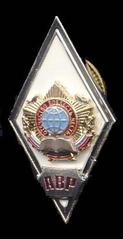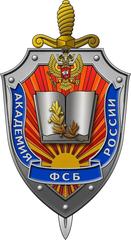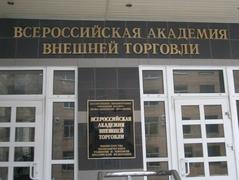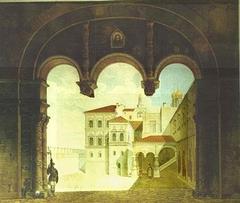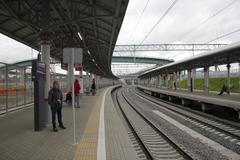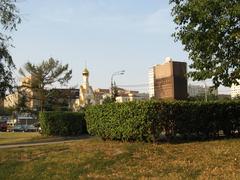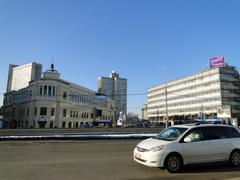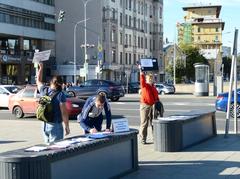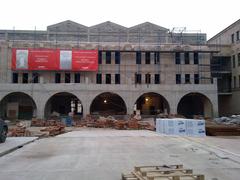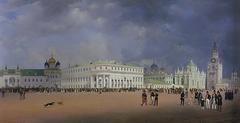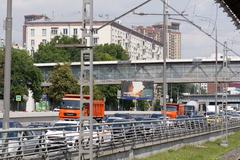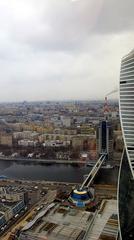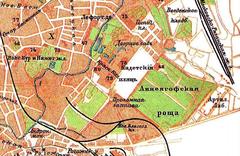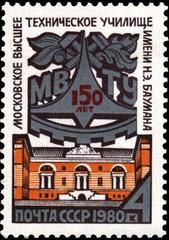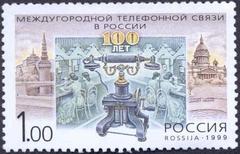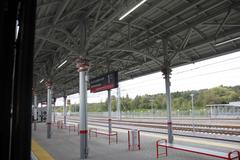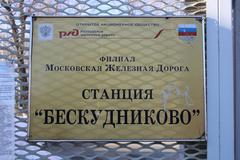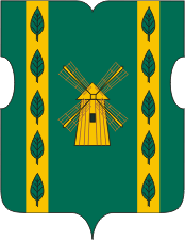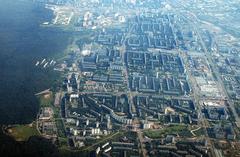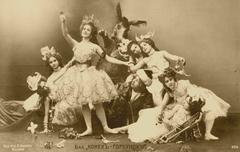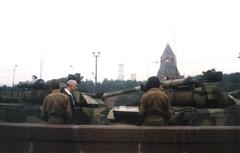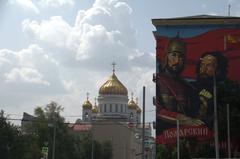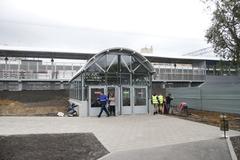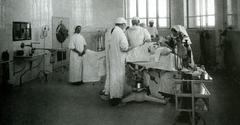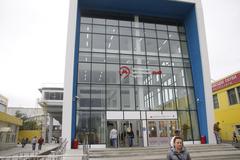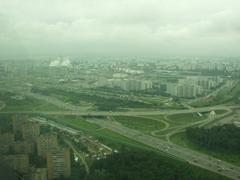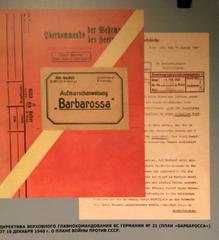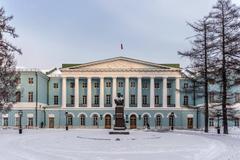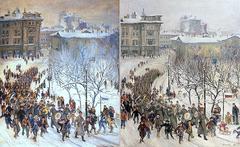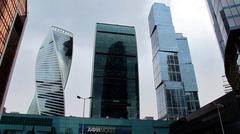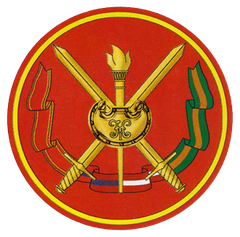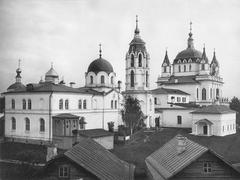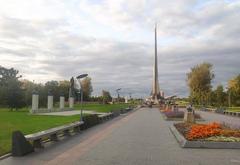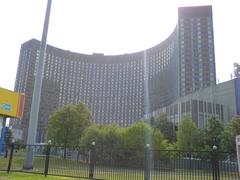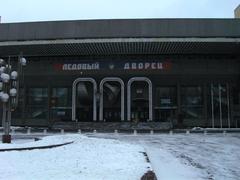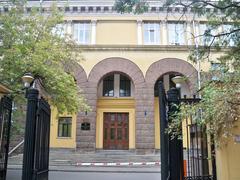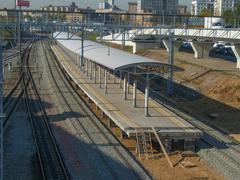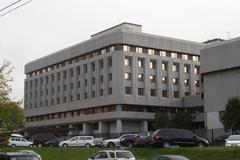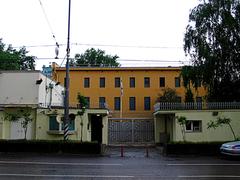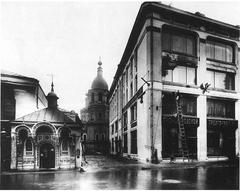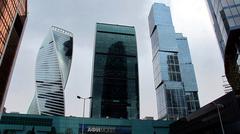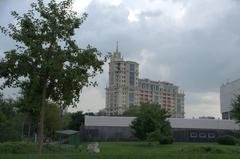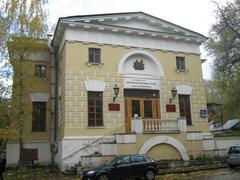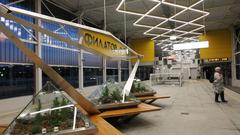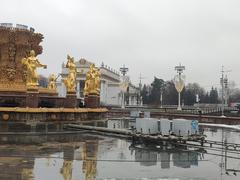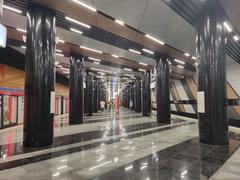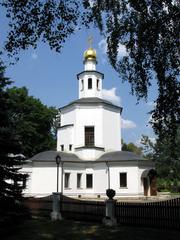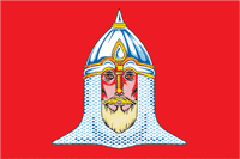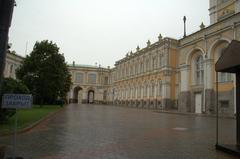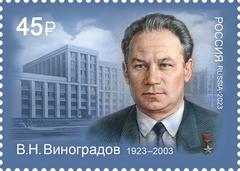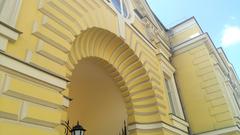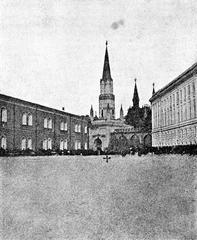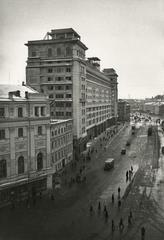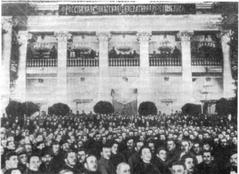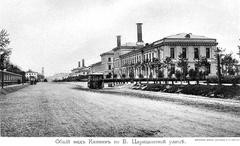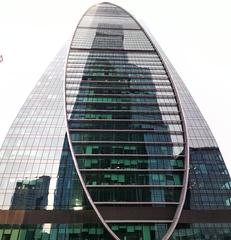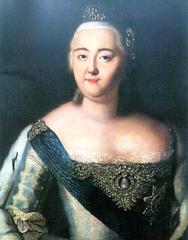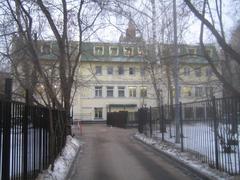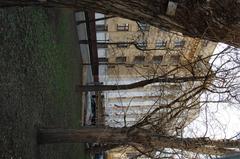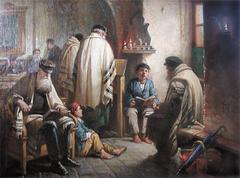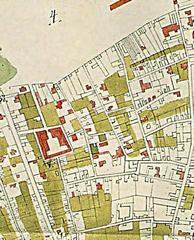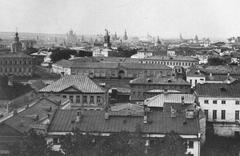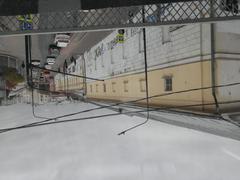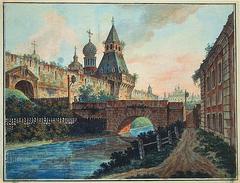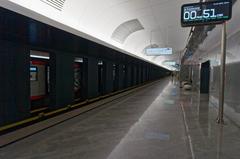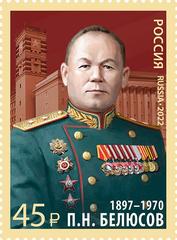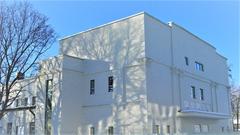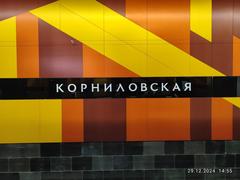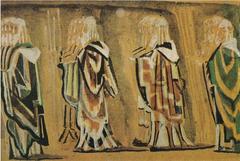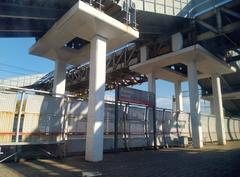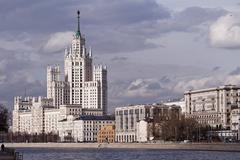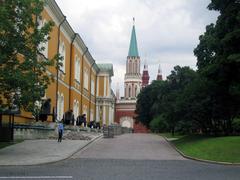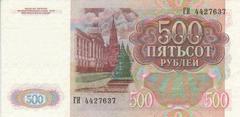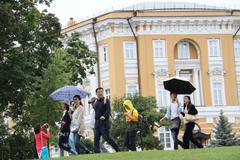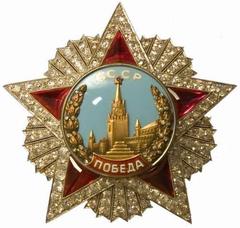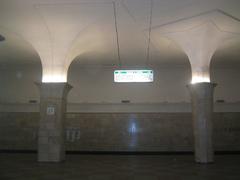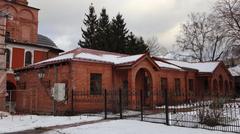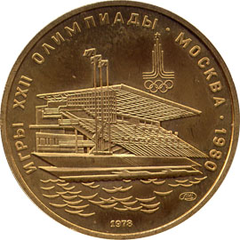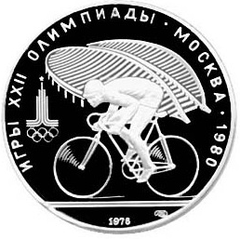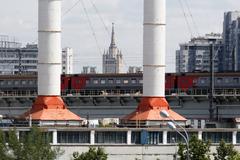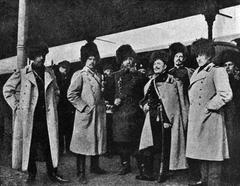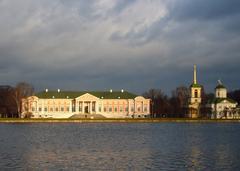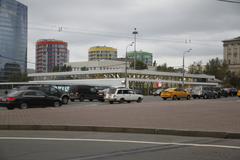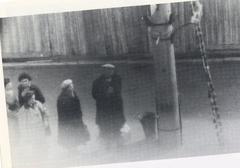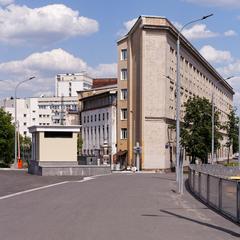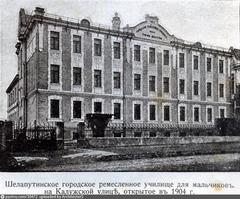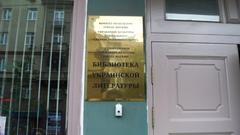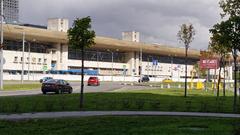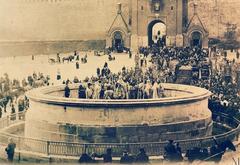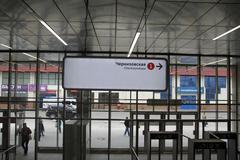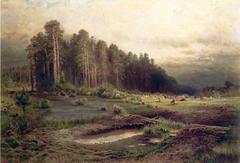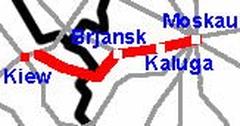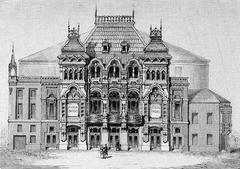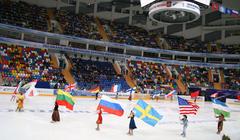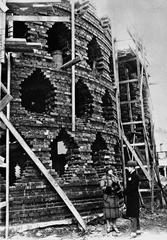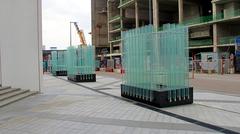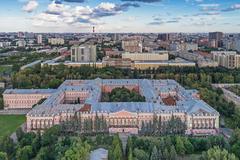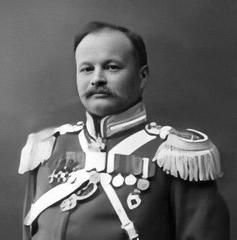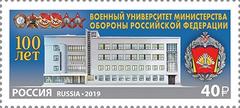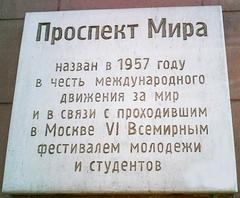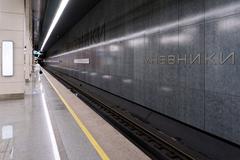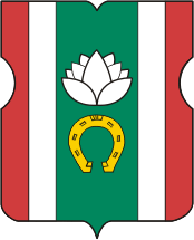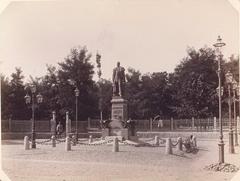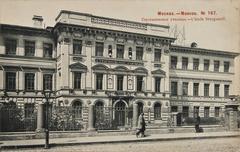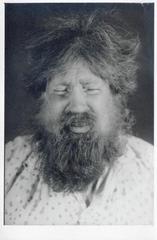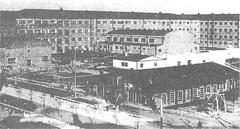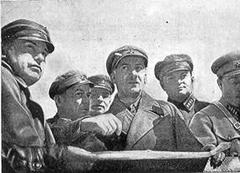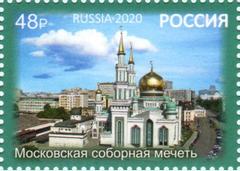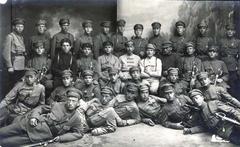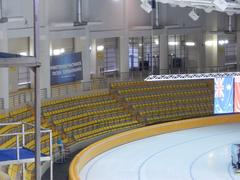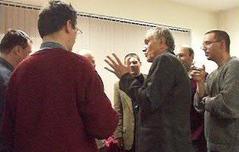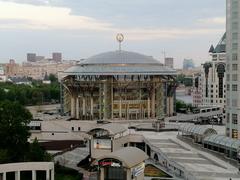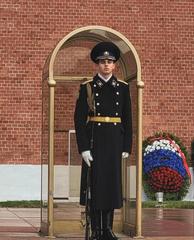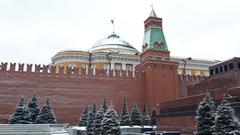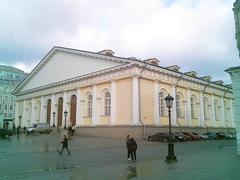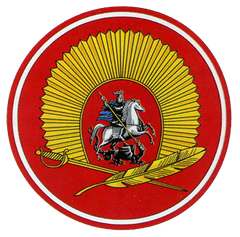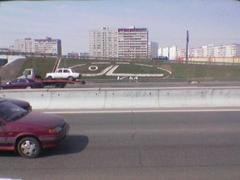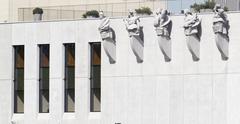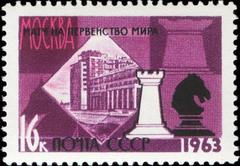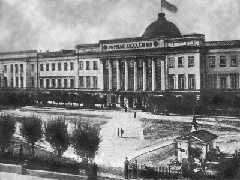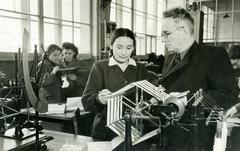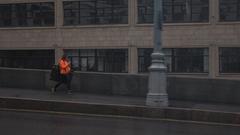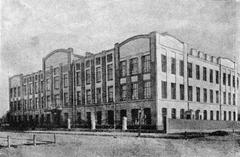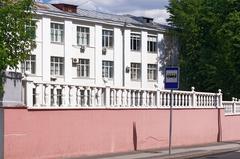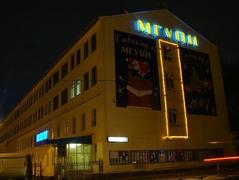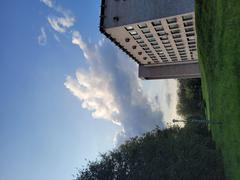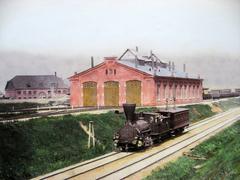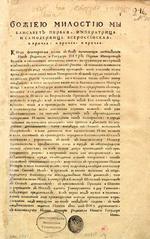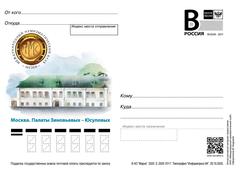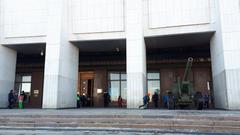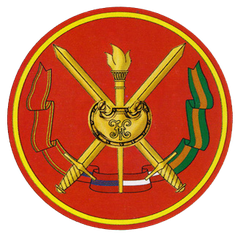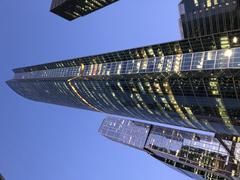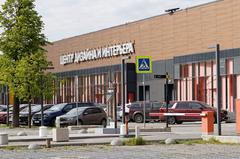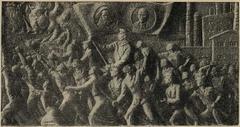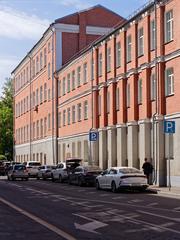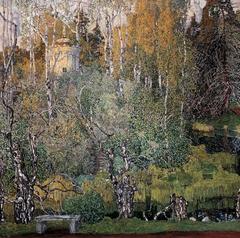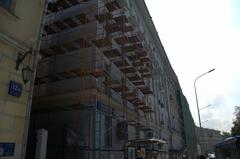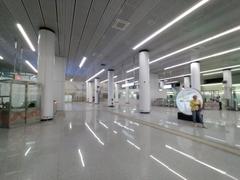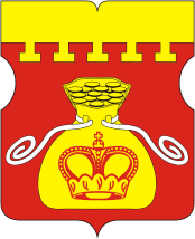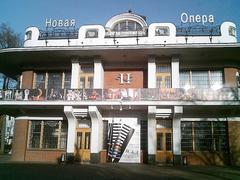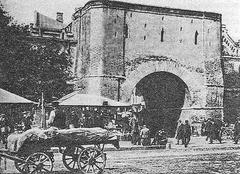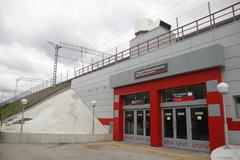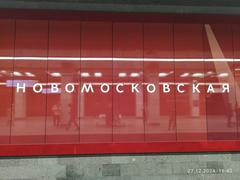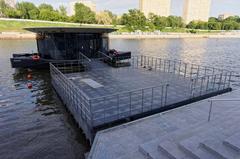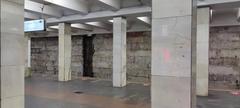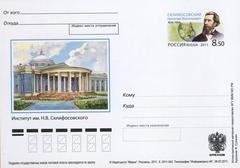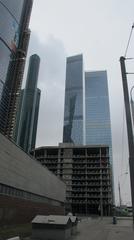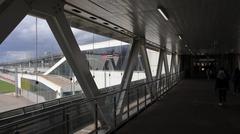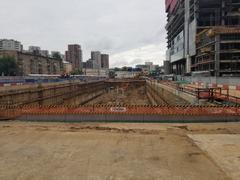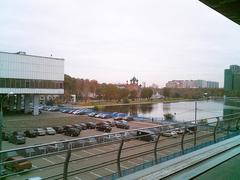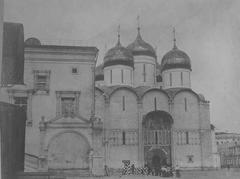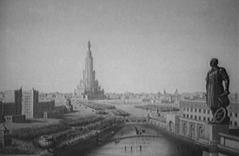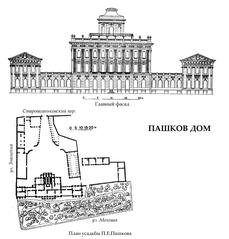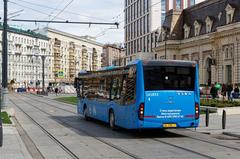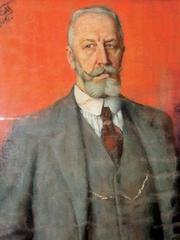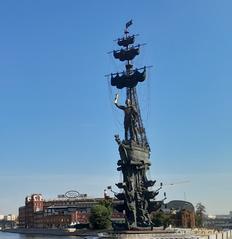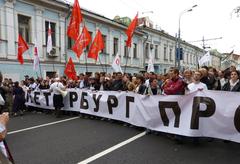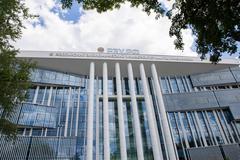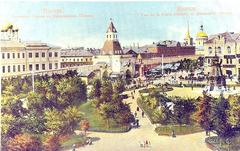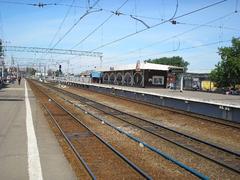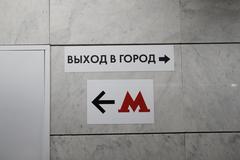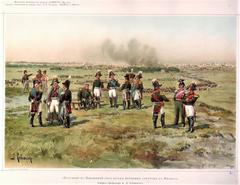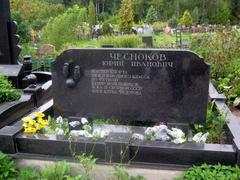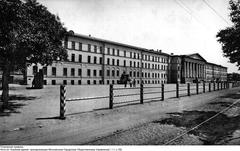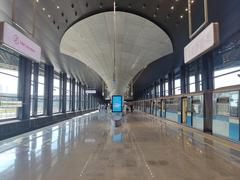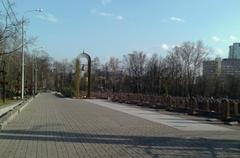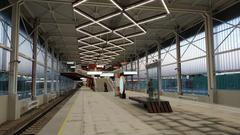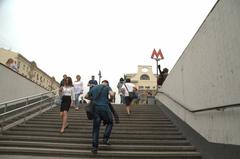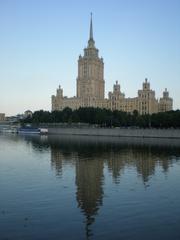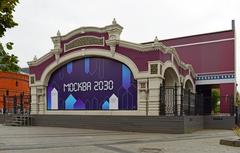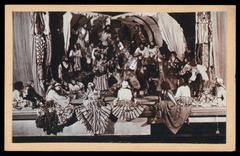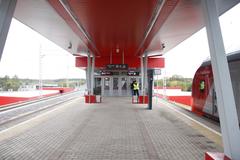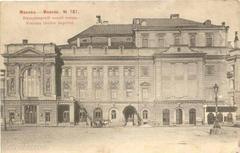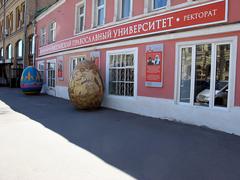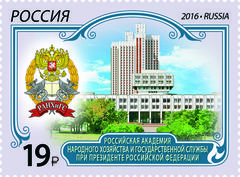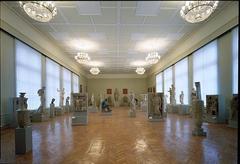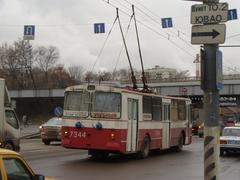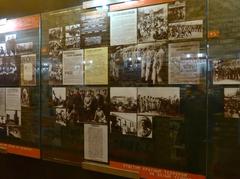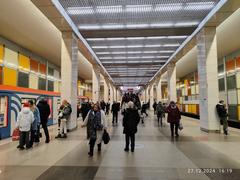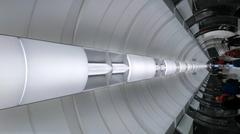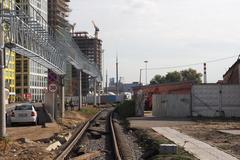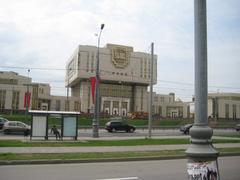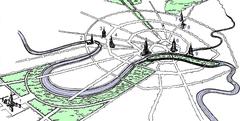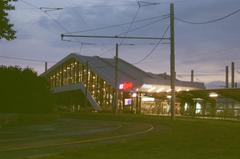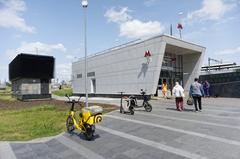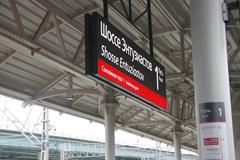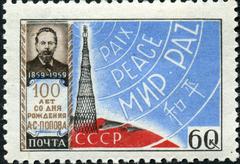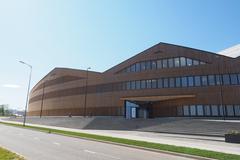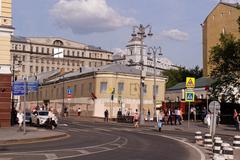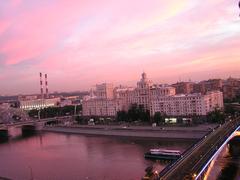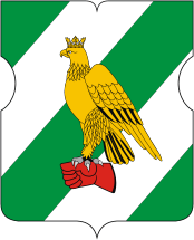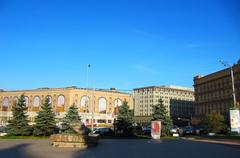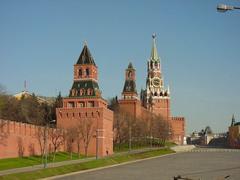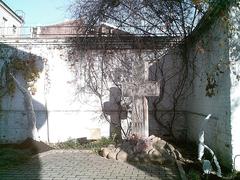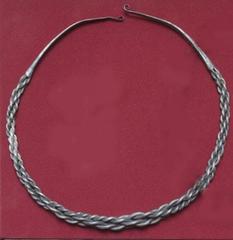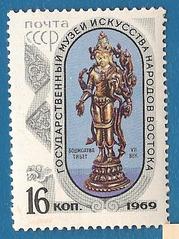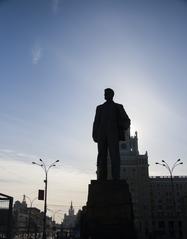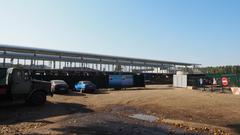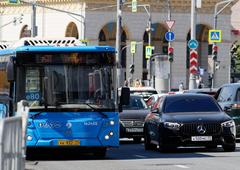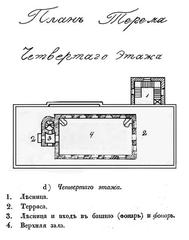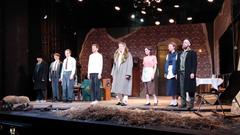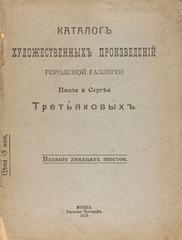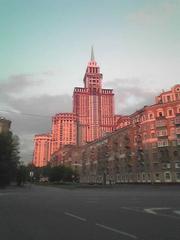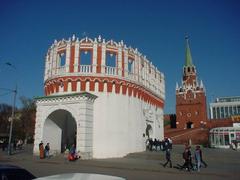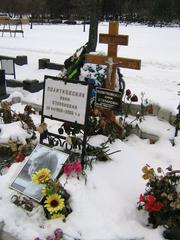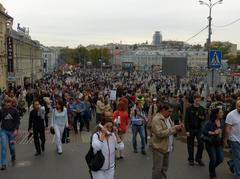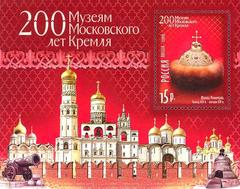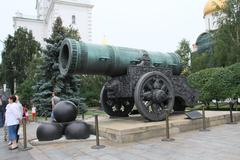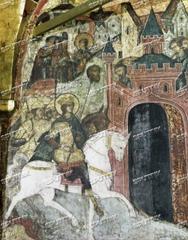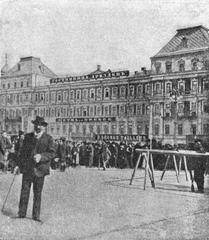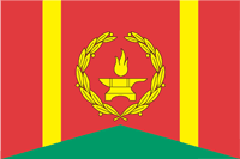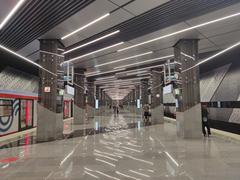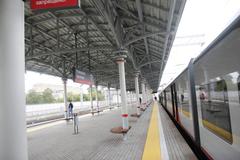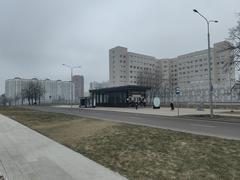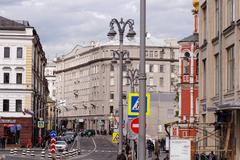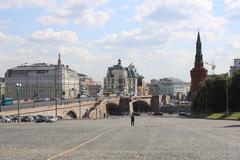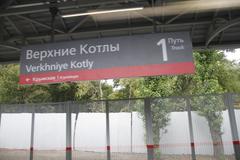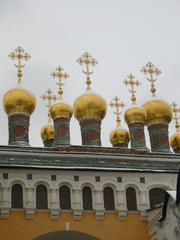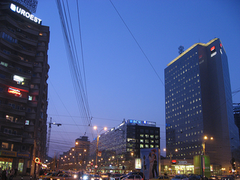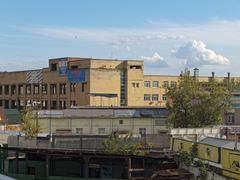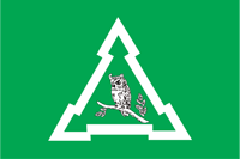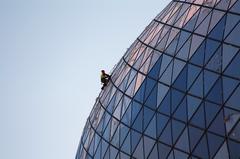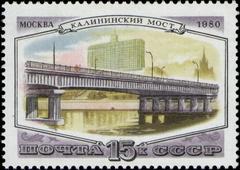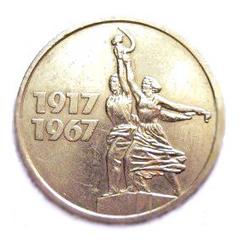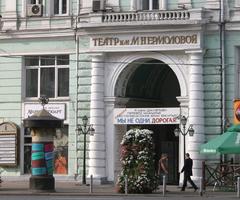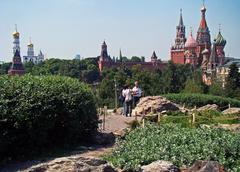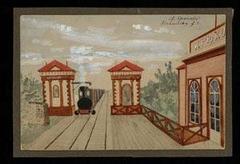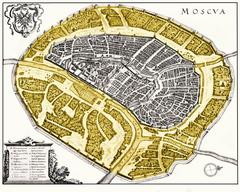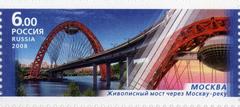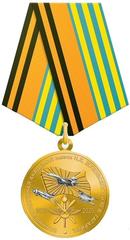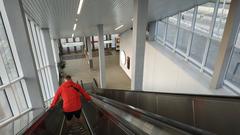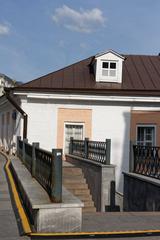Visiting Spasskaya Tower in Moscow: Hours, Tickets, and Tips
Date: 25/07/2024
Introduction
The Спасская башня (Spasskaya Tower), also known as the Saviour Tower, is one of Moscow’s most iconic historical landmarks. Situated on the eastern wall of the Moscow Kremlin, this architectural marvel offers a glimpse into Russia’s rich past and serves as a symbol of its enduring cultural heritage. Constructed in 1491 by the Italian architect Pietro Antonio Solari under the commission of Ivan III, the tower has undergone several transformations, each adding to its historical and cultural significance (Wikipedia).
Originally named the Frolovskaya Tower, it was renamed in 1658 to Spasskaya in honor of the icons of the Spas (Saviour) Smolensky and Spas Nerukotvorny (RBTH). Over the centuries, it has served multiple roles—from a critical defensive structure to a ceremonial gateway into the Kremlin. With its distinctive green spire topped with a ruby star and the famous Kremlin Chimes, the Spasskaya Tower has become a symbol of Russia, featured in various emblems, coins, and stamps (Moscow Kremlin Museums).
For modern-day visitors, the Spasskaya Tower presents a unique blend of historical, cultural, and architectural significance. This comprehensive guide provides detailed information on its historical background, architectural features, cultural importance, and practical tips for visiting, ensuring an enriching experience for all who step through its majestic gates.
Table of Contents
- Introduction
- Historical Background
- Cultural and Ceremonial Importance
- Legends and Miraculous Powers
- Soviet Era and Modern Day
- Archaeological Discoveries
- International Military Music Festival
- Visitor Information
- Frequently Asked Questions (FAQ)
- Conclusion
- Call to Action
Historical Background
Construction and Early History
The Spasskaya Tower is a prominent feature of the Moscow Kremlin, located on its eastern wall overlooking Red Square. Constructed in 1491 by Italian architect Pietro Antonio Solari under the commission of Ivan III, it was initially named the Frolovskaya Tower, after the Church of Frol and Lavr, which no longer exists (Wikipedia).
Renaming and Religious Significance
In April 1658, Tsar Alexei Mikhailovich renamed the tower to Spasskaya, in honor of the icons of the Spas (Saviour) Smolensky and Spas Nerukotvorny. The icon of Spas Nerukotvorny was placed above the gates on the inside wall in 1658 and was removed in 1917. The icon of Spas Smolensky, created in the 16th century on the outside wall of the tower, was plastered over in 1937 but was reopened and restored in 2010 (Wikipedia).
Architectural Features and Defensive Role
Built as part of the Kremlin’s defensive system, the Spasskaya Tower’s massive iron doors could trap invaders, turning the tower into an independent fortress capable of withstanding serious attacks. The multi-tiered construction and numerous loopholes allowed defenders to hit enemies from the upper battlefields of adjacent walls. During the 17th century, the tower was also used as a prison (RBTH).
Cultural and Ceremonial Importance
The gates of the Spasskaya Tower have always been the main ceremonial entrance to the Kremlin. They were particularly revered and considered holy. In Tsarist Russia, the gateway could only be used by heads of state or high officials, who had to dismount from their horses and remove their hats as a sign of respect when passing through the imposing red brick tower (Introducing Moscow). The gates served for the departures of the tsar, solemn passages of the patriarch, and the meeting of foreign ambassadors (Kremlin Architectural Ensemble).
Legends and Miraculous Powers
The Spasskaya Tower is surrounded by numerous legends attributing miraculous powers to it. According to old legends, the tower was reputed to protect the Kremlin from enemy invasions. People passing through the gates would cross themselves and doff their hats to show respect. Horses passing under the gates were said to shy, and it is even said that Napoleon’s horse took fright as he rode through the gates, having failed to show his respect (Wikipedia).
Soviet Era and Modern Day
During the Soviet era, significant changes were made to the Spasskaya Tower. Stalin replaced the imperial symbol of the two-headed eagle on top of the tower with a red star, and its height with the star is 233 feet (71 meters) (Introducing Moscow). In August 2010, the icon of Smolensk Saviour was uncovered and restored above the gate. This restoration began the tradition of the parade inspector removing his headgear and crossing himself before the inspection of troops during all Moscow Victory Day Parades (Wikipedia).
Archaeological Discoveries
In recent years, archaeological work has uncovered significant historical foundations near the Spasskaya Tower. In August 2014, Russian President Vladimir Putin suggested restoring the Ascension Convent and Chudov Monastery, which were demolished by the Soviet regime in the 1930s. Although the restoration is currently unplanned due to ongoing archaeological work and the lack of UNESCO’s approval, experts have managed to find the foundations of these historical structures (Wikipedia).
International Military Music Festival
The Spasskaya Tower also lends its name to the International Military Music Festival “Spasskaya Tower,” which is based within the grounds of Red Square. This festival is a significant cultural event that showcases military bands from around the world, celebrating the rich musical traditions associated with military history (Wikipedia).
Visitor Information
Ticket Prices and Visiting Hours
The Spasskaya Tower is accessible through guided tours of the Moscow Kremlin. Ticket prices for the Kremlin and its museums can vary, so it’s advisable to check the official Kremlin website for the most current information. Typical visiting hours are from 10:00 AM to 5:00 PM, but these can change depending on the season and special events.
Travel Tips
When planning your visit, it’s best to arrive early to avoid long lines, especially during peak tourist seasons. It’s also recommended to wear comfortable shoes, as there will be a lot of walking involved. Photography is allowed, but it’s good to check for any restrictions on flash photography inside the Kremlin.
Nearby Attractions
While visiting the Spasskaya Tower, you can also explore other nearby attractions such as the Red Square, St. Basil’s Cathedral, and the State Historical Museum. Each of these sites offers a unique glimpse into Russia’s rich cultural and historical heritage.
Frequently Asked Questions (FAQ)
Q: What are the Spasskaya Tower visiting hours? A: The typical visiting hours are from 10:00 AM to 5:00 PM, but it’s best to check the official Kremlin website for the most up-to-date information.
Q: How much do tickets for the Spasskaya Tower cost? A: Ticket prices can vary, so it’s advisable to consult the official Kremlin website for the latest prices.
Q: Are guided tours available? A: Yes, guided tours are available and highly recommended for a comprehensive understanding of the site’s history and significance.
Conclusion
The Спасская башня (Spasskaya Tower) is more than just an architectural marvel; it is a cornerstone of Moscow’s historical and cultural landscape. From its 15th-century origins to its modern-day prominence, the tower encapsulates Russia’s rich and complex history. Its roles have ranged from a strategic defensive structure to a ceremonial gateway, and it has been intricately linked with Russia’s political and cultural transformations (Introducing Moscow).
The tower’s architectural beauty, religious significance, and the legends that surround it make it a must-visit landmark for anyone interested in delving into Russia’s past. Modern visitors can explore its historical significance through guided tours, experience the vibrant cultural events such as the International Military Music Festival, and enjoy the nearby attractions like Red Square and St. Basil’s Cathedral (Spasskaya Tower Festival).
As a symbol of national identity and heritage, the Spasskaya Tower continues to captivate and inspire, drawing millions of tourists each year. Whether you’re a history buff, an architecture enthusiast, or a curious traveler, the Spasskaya Tower offers a unique and enriching glimpse into the heart of Russia. Don’t miss the opportunity to explore this iconic site and immerse yourself in its fascinating history (Visit Russia).
Call to Action
For more detailed information on visiting the Spasskaya Tower, download our mobile app Audiala, check out other related posts, or follow us on social media for the latest updates and travel tips.
References
- Spasskaya Tower, Wikipedia. https://en.wikipedia.org/wiki/Spasskaya_Tower
- Spasskaya Tower Festival, Spasskaya Tower Festival. https://spasstower.ru/en/
- Spasskaya Tower, Introducing Moscow. https://www.introducingmoscow.com/spasskaya-tower
- Spasskaya Tower, Moscow Kremlin Museums. https://www.kreml.ru/en-Us/museums-moscow-kremlin/
- Spasskaya Tower, RBTH. https://www.rbth.com/history/331471-spasskaya-tower-kremlin
- Visit Russia. https://www.visitrussia.org.uk/
